|
LECTURE TOPIC # ONE: The Underpinnings of the Physical Sciences
This lecture contains basic information introducing physical geography and more about the natural laws that govern our physical world, how they relate to us in this course and other cool topics.
|

|
|
LECTURE TOPIC # TWO: Earth as a Planet
This lecture introduces the earth as it sits in our universe. Concepts include the geographic grid, the shape of the earth, the rotation of the earth, global time and most importantly an introduction to the earth-sun relationship.
|

|
|
LECTURE TOPIC # THREE: Global Energy Balance
This lecture introduces the concept of global energy balance, energy transfer and the global budget. Concepts introduced include: radiations, global insolation, composition of the atmosphere, global energy system, global energy budgets of the atmosphere and surface, net radiation-latitude and energy.
|

|
|
LECTURE TOPIC # FOUR: Air Temperature
This lecture introduces the concept of temperature. Concepts covered include: measurement, temperature Vs heat energy, atmospheric temperature profile, Surface temperature distribution, insolation receipt, the principle of continentality, elevation and air density and annual/global temperature patterns.
|

|
|
LECTURE TOPIC # FIVE: Atmospheric Winds
This lecture introduces the concept of atmospheric winds. Concepts covered include: Air pressure, measurement, vertical distribution, horizontal distribution, pressure gradients, the PGF, the Coriolis force, isobar maps, and pressure systems.
|

|
|
LECTURE TOPIC # SIX: Global Circulation
This lecture introduces concepts such as the Hadley single cell circulation, the 3 cell circulation model, global shifts in atmospheric winds, monsoons and more
|

|
|
LECTURE TOPIC #7: Atmospheric Moisture and Cloud Formation
Topics covered include atmospheric moisture, water vapor gas, measures of humidity (specific humidity, relative humidity, and dew point temperature), adiabatic cooling, and lifting mechanisms (convective, cyclonic, orographic, frontal)
|
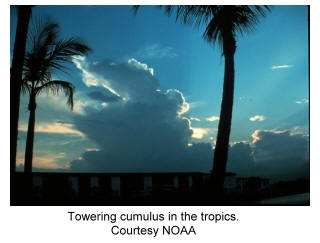
|
|
LECTURE TOPIC # 8: WEATHER
Topics covered include weather fronts (warm front, cold front, stationary front, occluded fronts), Air mass origins, mid latitude cyclones, tropical cyclones, tornados and weather!
|

|
|
LECTURE TOPIC # 9: CLIMATE
Topics covered include controls on climate, global winds/pressure and climate, the Koppen climate classification system, climographs and climate modeling.
|
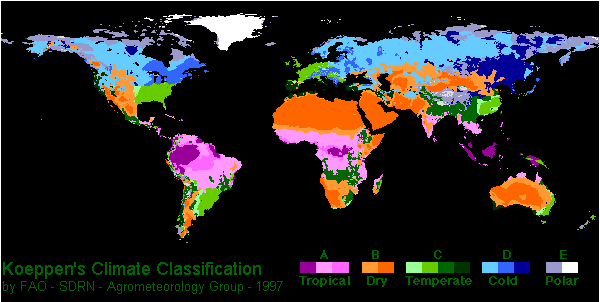
|
|
LECTURE TOPIC # 10: The Biosphere, Biogeography and Biomes
Topics covered include photosynthesis, respiration, food chain and energy transfer, inputs, ecosystems, adaptations, and vegetation distribution/latitudinal biome distribution.
|
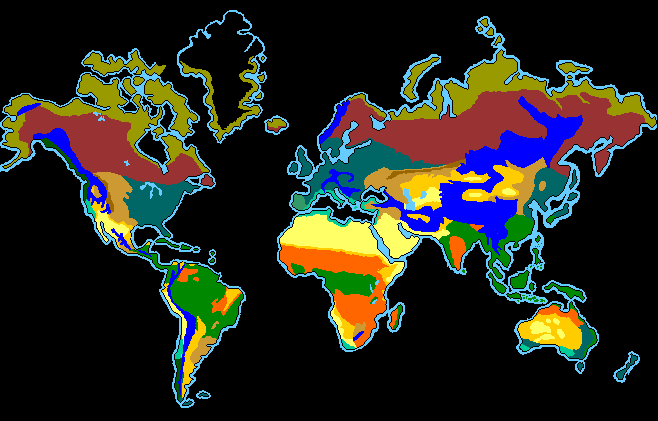
|
|
LECTURE TOPIC # 11: Earth composition and the Rock Cycle
Topics covered include earth composition, earth layers, rock formation, rock cycle, igneous rocks, sedimentary rocks, metamorphic rocks.
|

|
|
LECTURE TOPIC # 12: Plate Tectonics
Topics covered include earth's energy source, endogenic vs exogenic processes, the history of plate tectonics, the heros of plate tectonics, continental drift, and the evidence for plate tectonics.
|
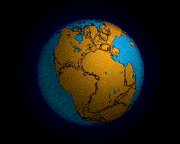
|
|
LECTURE TOPIC # 13: Plate Boundaries
Topics covered include: divergent boundaries, convergent boundaries, transform boundaries, animations, earthquakes, volcanoes, etc.
|
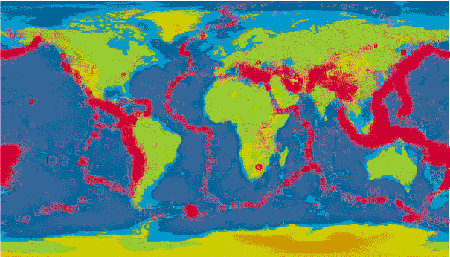
|
|
LECTURE TOPIC # 14: Exogenous work
Topics covered include exogenous energy, weathering, erosions, mass wasting, glaciation, deposition, etc.
|
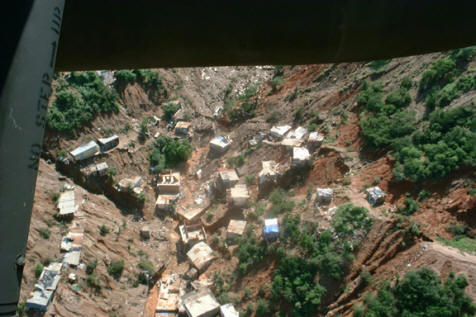
|
|
LECUTRE TOPIC # 15: Oceanography
Topics covered include sea floor structure, ocean structure and chemistry, ocean currents and circulation, waves and tides.
|
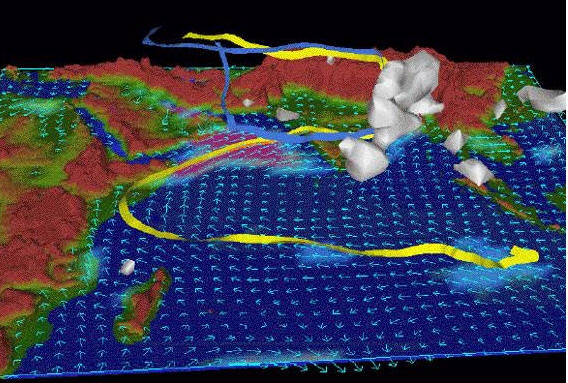
|
|
LECTURE TOPIC# 16: Human-Environment Interactions
Topics covered include energy, natural resources, fossil fuels, environmental problems, climate change, and California issues.
|
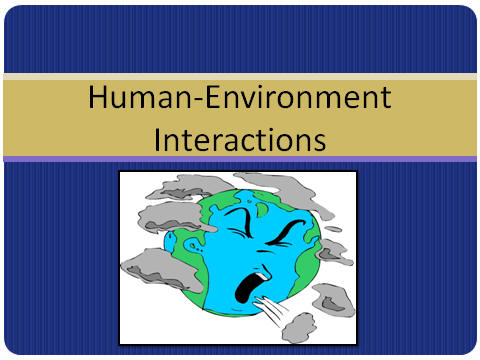
|
















